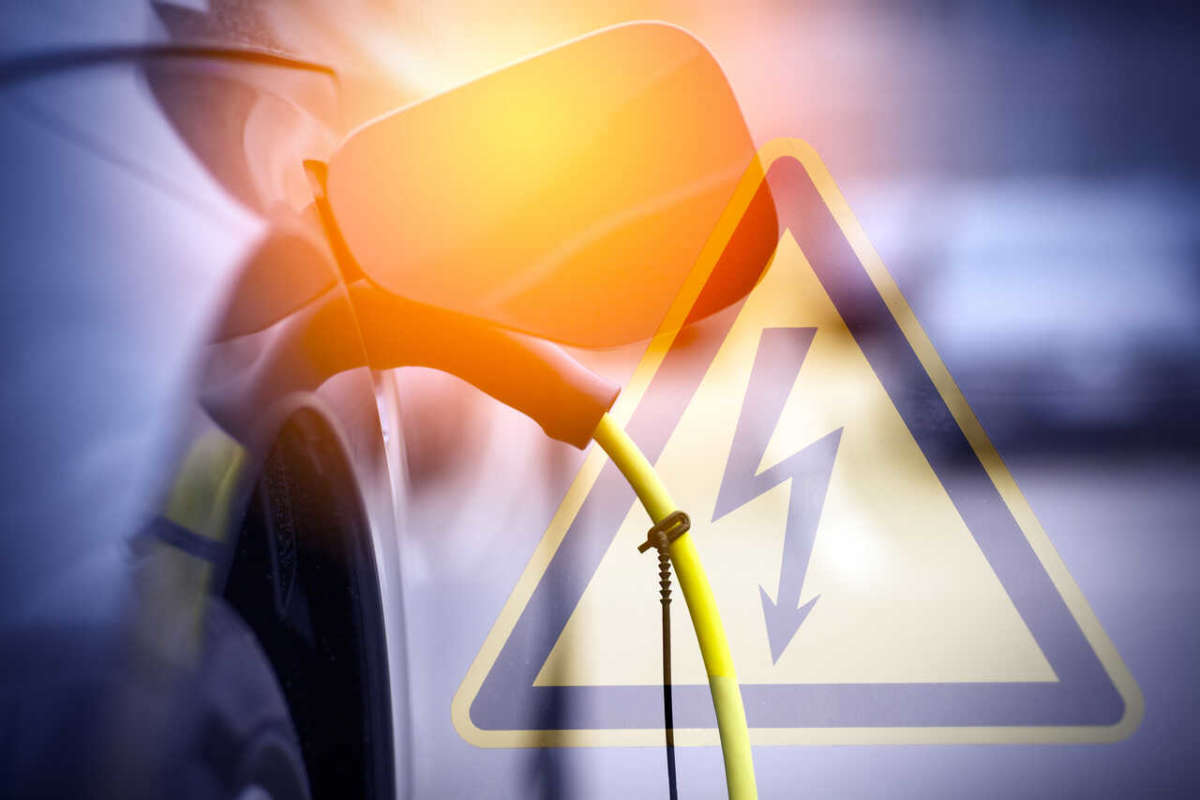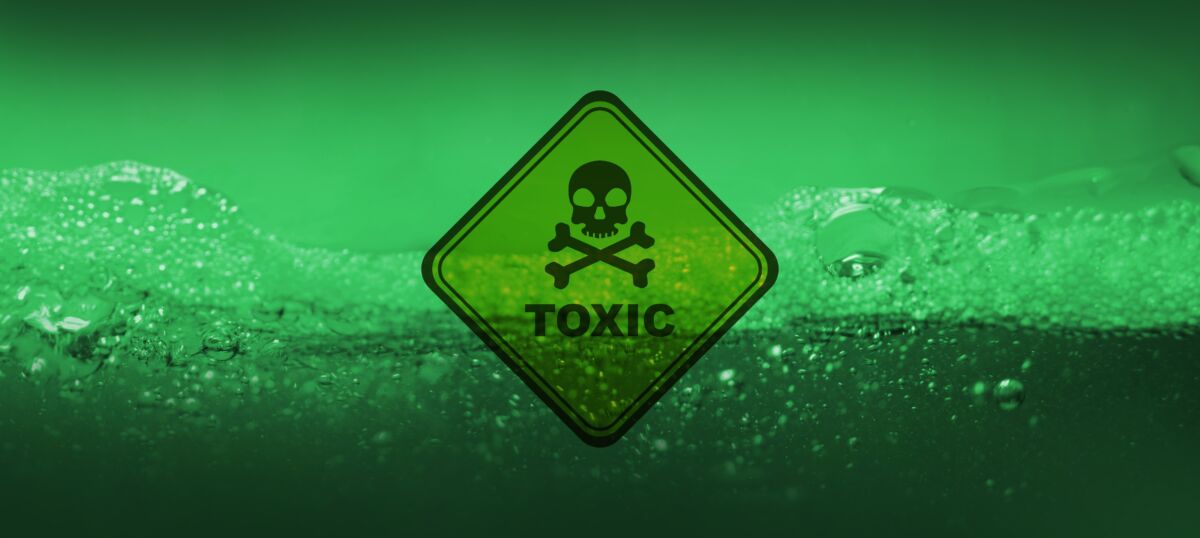Confessions of a Tesla Owner: The Real Story
By Geraldine Power
In February 2024, (name redacted) wrote a letter to the editor of the Inverness Oran sharing her countless negative experiences over three years of owning an electric vehicle (EV-2021 Long Range Tesla). She felt compelled to respond to Paul Strome’s article that touted the benefits of EVs.
Redacted and her husband are organic farmers, who have been living in a fully off-grid, solar-powered home (in Nova Scotia, Canada) for the last eight years. They were initially enthusiastic advocates of the EV, even attending a Greta Thunberg-inspired climate change march in Halifax back in 2019. She admits: “I feel slightly embarrassed about sharing this so publicly because I truly feel that we got duped by clever and persuasive EV/doomsday marketing.”
Don’t lose touch with uncensored news! Join our mailing list today.
Even though the car was more expensive up front, she was optimistic because it only cost $14 to “fill up” at home with a Level 2 charger. That would more than make up for the initial cost over time, considering the price of gas. “No pesky oil changes and Tesla’s titanium shield under the car means no repairs due to rust.” A trip to Halifax required an 18-minute stop at the Enfield Supercharger, but they looked at it as a break. Excitement ultimately waned and, by the end of the first year, they regretted their decision. “The undulating, electric hum while the car charges for seven hours permeates our entire home and yard. Is that healthy?” Additionally, everyone had to “exit the vehicle … at the Supercharger because it feels very unhealthy to be in such a high-voltage environment while it’s charging. Rain, shine, snow, or sleet – everybody out!” To add insult to injury, she learned that the battery life decreases with every charge and that charging to 100% was not even advised – only to 80% as a precaution! They would later learn the toll that harsh weather would have on battery life and charging.
Fast forward to 2022, after one year they could still make it to Sydney and back if they did not make any detours. “Having to stop in Baddeck for two hours to juice up just to make the 40-minute journey home doesn’t make much sense.” However, they would need to stop at “the Enfield Supercharger when going to Halifax, but no detours. Stick to the highway or else.” This was all proving to be quite the challenge and it wasn’t getting easier. By Christmas of 2023, the difficulties were becoming even more apparent. With a 2.5-year-old car, headed to “the Valley” and an outside temperature of 5°C, they worried they would not even reach the Supercharger. When they did arrive, it was almost dark and the entire family (with dogs, so unable to go inside) had to exit the vehicle and wander around in the cold in Truro, for 1.5 hours to get enough charge to reach their destination because “staying in the car while it’s charging feels like every hair on your body is getting charged up too.” So, once they were on their way again, realizing that “the wall plug at Grandma’s takes days to charge the car and we can’t believe how poorly the car is performing,” they stop to charge up ONE MORE time “just in case” at New Minas Supercharger.
Charging up in town before leaving, “everyone out into the cold” during the charge and repeating the same process again with kids and dogs, “windy and half raining, half snowing” for 35 more minutes shortly after, they barely made it home with six percent battery power. Why on earth would a vehicle that performs so unreliably be something we are encouraged to live with? This is inconvenient and frankly, quite nerve-wracking.
Redacted recounts the story of how one day in January 2024, she was driving with her husband, anxiously looking for a charging station. They finally arrived in Enfield before running out of energy, but their relief was short-lived as they quickly discovered that “Enfield supercharger is down. Neither the car nor Telsa phone app notified him; 9:00 p.m. on a Sunday. No indication of when/if the charger will turn on again. Car is at three percent. Not enough power to keep the heat on, let alone drive to a motel. Other EV drivers there are all cursing their cars and their decisions.” They waited an hour for the station to restart and another hour to charge up!
February wasn’t proving to be much better. One day, returning from the airport, her husband drove the EV, while Redacted drove their 2012 Toyota Matrix, the more reliable car, because she had to detour (to Antigonish) and pick up their dogs on the way home, which was too much to expect from the “Long Range Tesla.” Despite the detour and stopping to collect the dogs, she made it home before her husband, since he had a one-hour stop to charge the EV. “It takes longer to charge an cold battery… My husband finally made it home… with the heat turned off, because he was trying to conserve power. Made it home with six percent.”
Redacted maintains that their EV was in standard working condition and had no issues (other than those common to every EV). All of the problems were simply a result of how a Tesla performs (normally) along with the added stress of Canadian winter conditions and always wondering if you will make it to your next destination. “This is what range anxiety looks like! It is not, as Paul Strome so kindly put it, ‘for those drivers who have trouble paying attention to their fuel gauge.’ Range anxiety means constantly paying attention to your fuel gauge and crossing your fingers and toes, hoping you’re going to make it!” Why switch to a mode of transportation that is so stressful and unreliable? Redacted ends, referencing Paul’s letter:
“The February 14th letter features all of the dealership, government, and activist talking points. None of it is based on the real-life experience of a rural EV owner. The ‘official range’ of EVs is not based in reality. Only on the first day out of the factory (if it’s sunny, with no wind, temps between 15-20°C, on a straight stretch road with no hills) would our car ever live up to its range expectations. Speaking as a former climate change activist and current EV driver, I can only see EVs working if you live in a big city and never plan on leaving that big city. The last thing we should be pushing for is to phase out internal combustion engine vehicles by 2035 in Canada. Yes, we absolutely have to take better care of our planet, but EVs make zero sense in the real world.”















